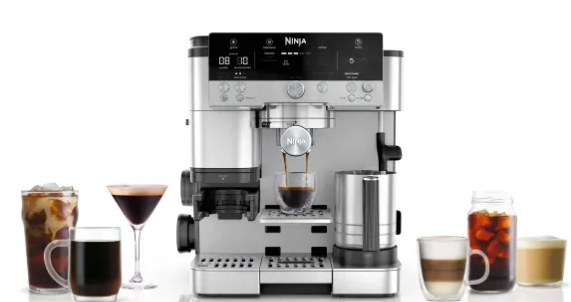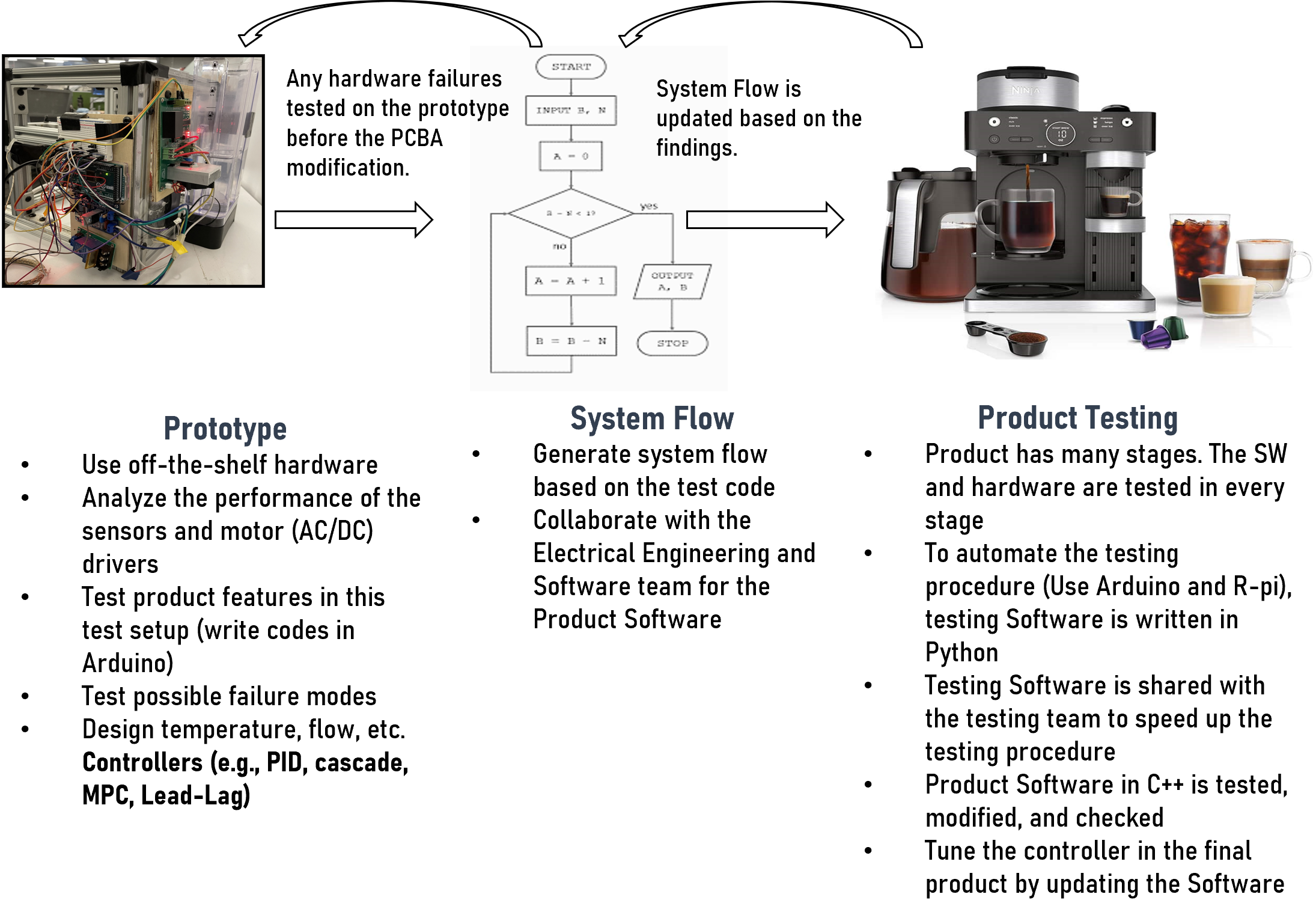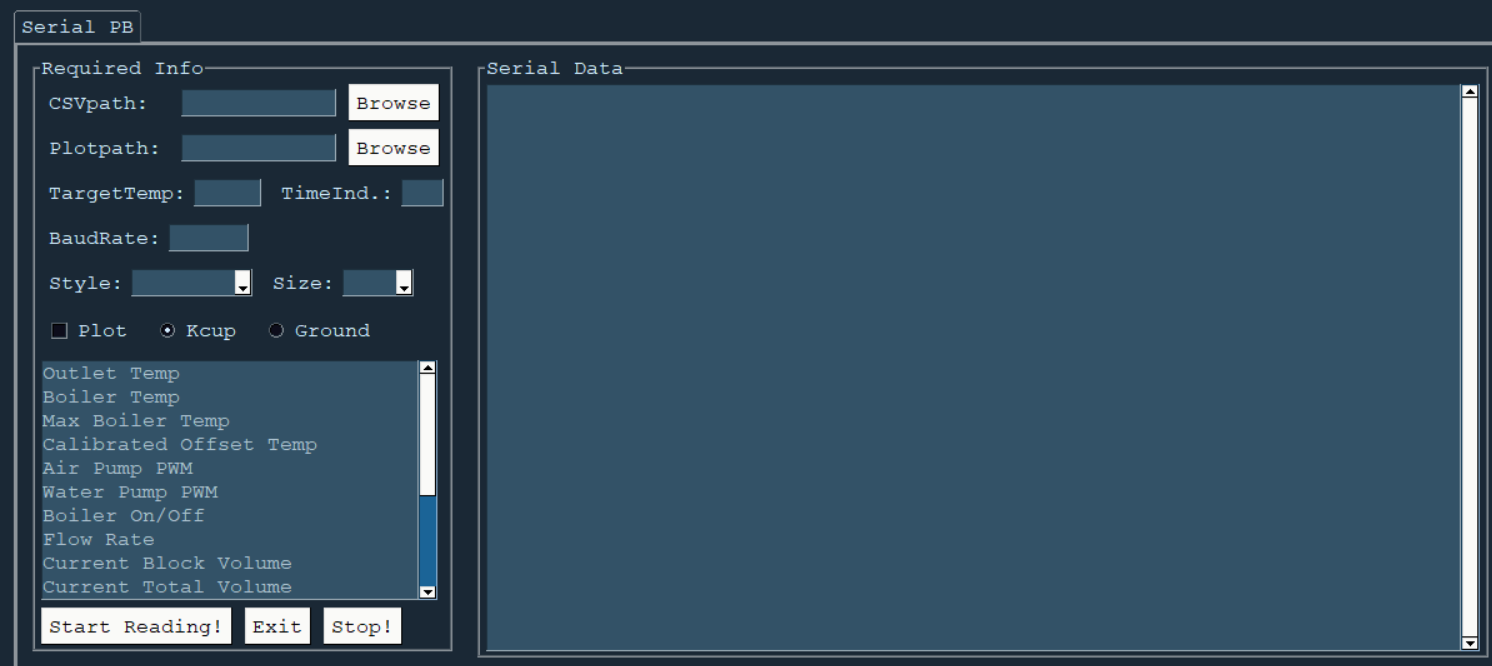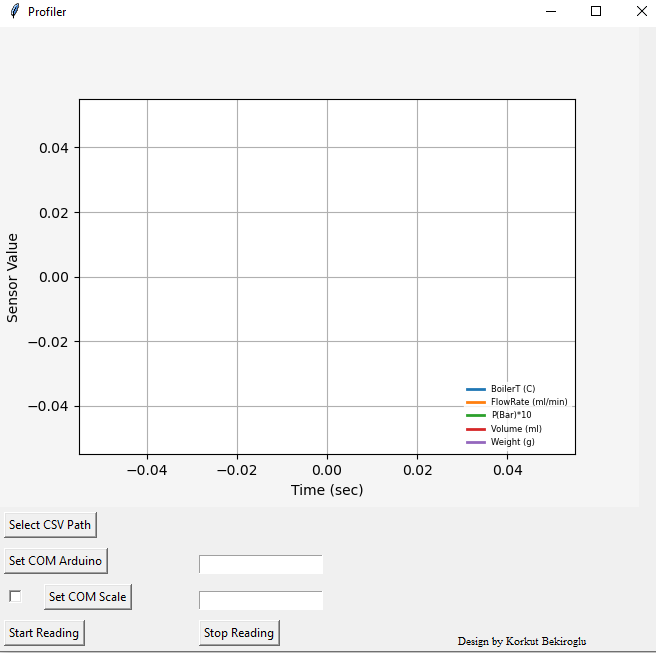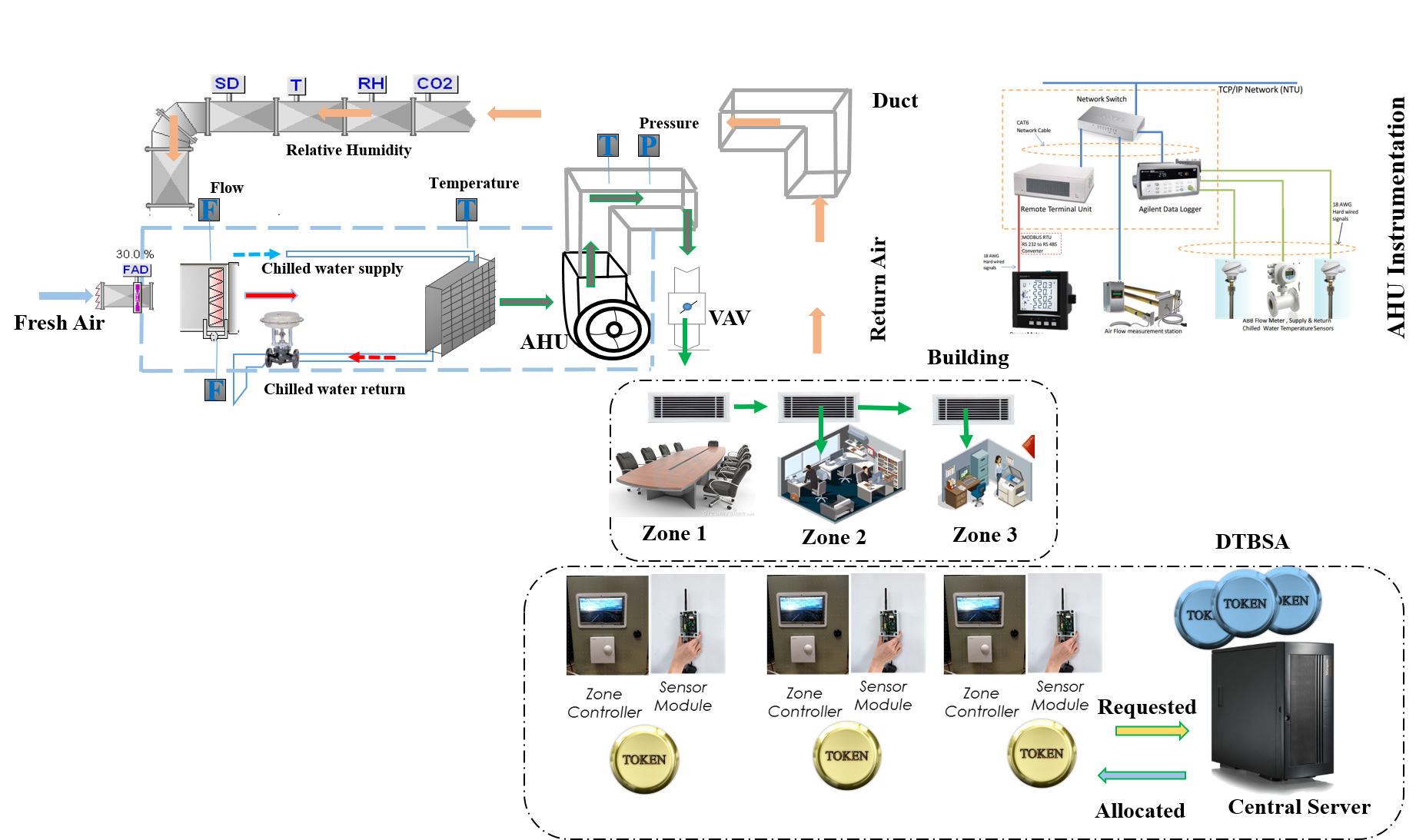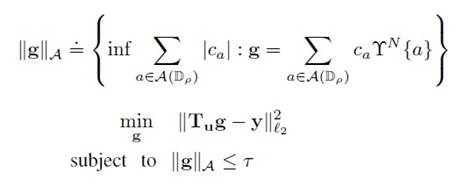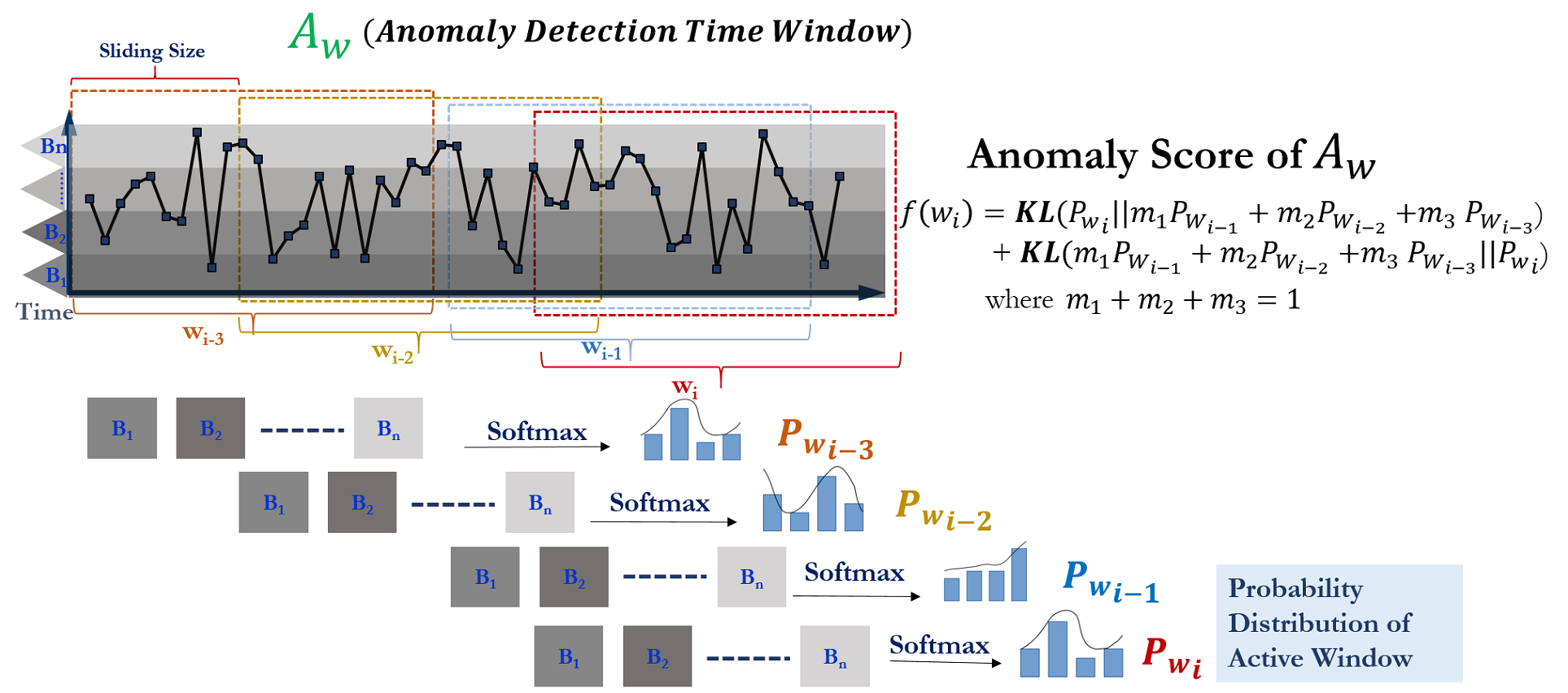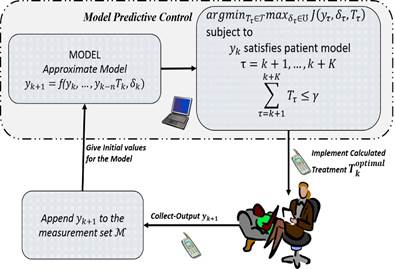Control Systems & Algorithm Design Team for Smart Products
Directed the design and deployment of control systems and algorithms across a diverse range of SharkNinja appliances, including coffee systems, beverage carbonation platforms, thermal cooking products, frozen treat makers, and high-speed blenders. Oversaw system architecture, algorithm development, and production integration to enable intelligent, consistent, and user-centric product performance.

